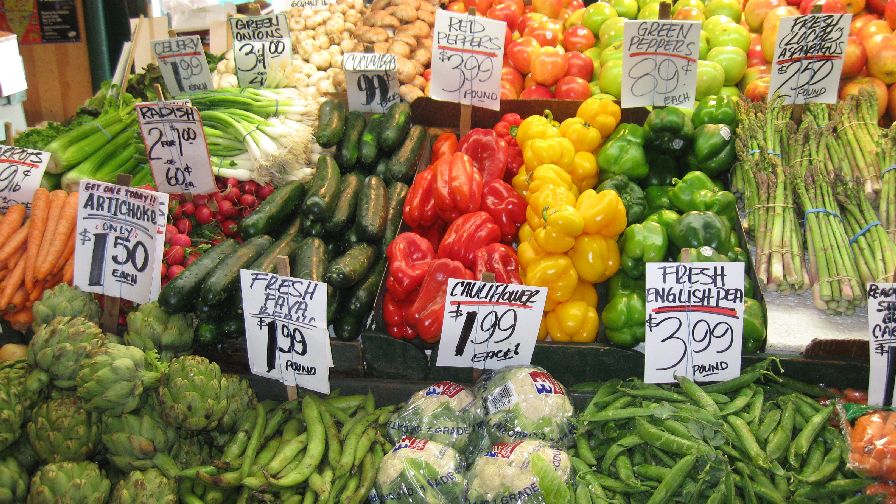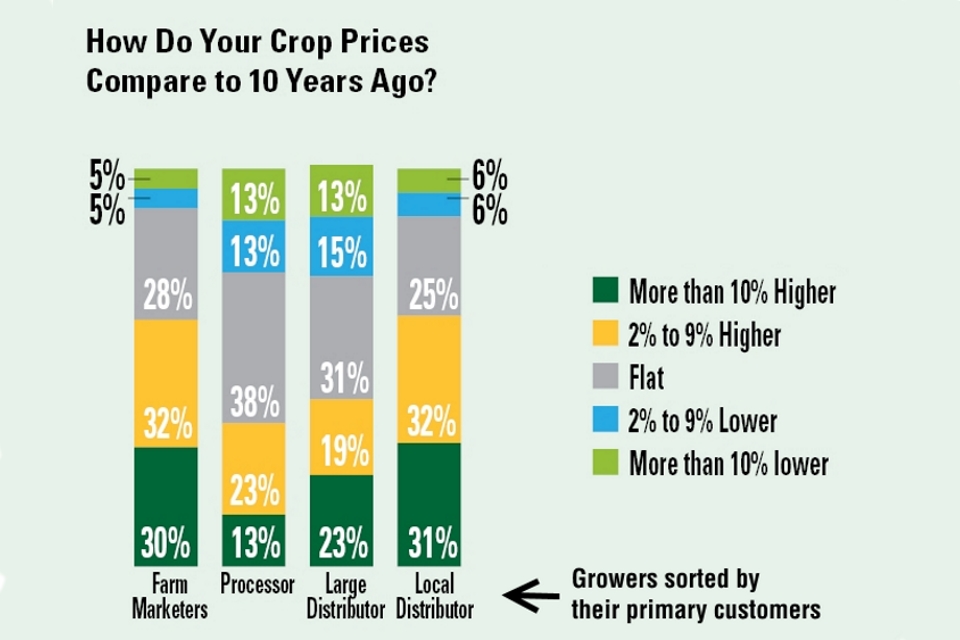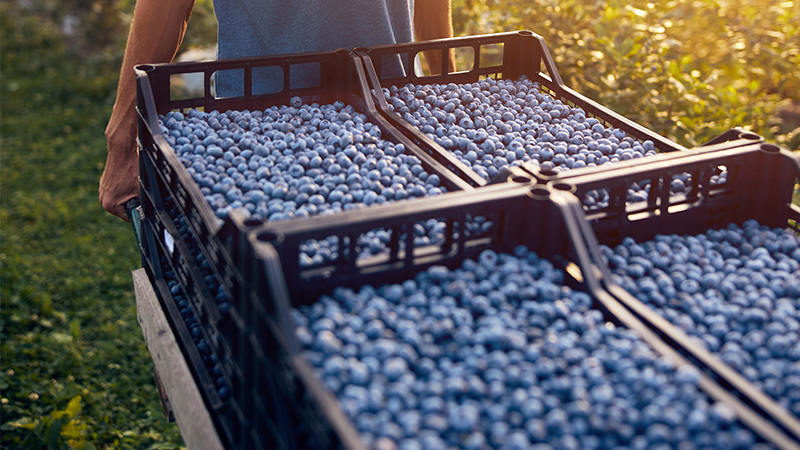Can We Do Anything About Fruit and Vegetable Crop Prices? [Opinion]
 Two weeks ago, U.S. Senator Kirsten Gillibrand (D, NY) called on Ag. Sec. Sonny Perdue and USDA to investigate why prices paid to fruit and vegetable farmers aren’t keeping up with the market.
Two weeks ago, U.S. Senator Kirsten Gillibrand (D, NY) called on Ag. Sec. Sonny Perdue and USDA to investigate why prices paid to fruit and vegetable farmers aren’t keeping up with the market.
“We have seen transformational change in farming technologies, nutrition science, market structures, and consumer behavior,” Sen. Gillibrand writes in her open letter. “What has changed far less are the prices paid to specialty crop farmers at the farm gate.”
She points out that persistent, low prices are unsustainable and pose a risk to U.S. food security.
“We rely more on the production to foreign nations, leading to our current $2.1 billion dollar fruit and vegetable trade deficit,” she writes.
The last systemic study of specialty crop prices took place 30 years ago, she claims.
There hasn’t been much news on the topic since Sen. Gillibrand published her open letter to Sec. Perdue. Politics being what they are in 2019, a Democratic senator’s request will need an industry boost and a few Republican Congressmen endorsing her stance if we want to see any action.
To me, this isn’t a political issue. Stagnant prices are a threat to the future of our industry. We need to figure out a way to address the issue fairly and within our capitalist system. So this is an issue I think the industry should take up as its own.
“New York has a significant amount of fruit and vegetable farms and all that they ask is to receive a fair price for the quality food that they produce,” says Steve Ammerman, New York Farm Bureau Public Affairs Manager
Low Prices Meet Increased Costs
The inflation rate from 2008 to 2018 rose 17.5%, according to government figures. In that same time period, only about a fourth of vegetable growers increased their crop prices by more than 10%, according to our 2019 State of the Vegetable Industry. Unfortunately, we didn’t offer growers a higher category for crop price increases, so this isn’t an apples to apples comparison. But it’s close enough that we can all agree our industry has a problem to solve.
If crop prices stagnated, costs certainly didn’t. Nor did regulations, which have their own price tag.
“Keep in mind, a significant challenge in New York for fruit and vegetable farms is the higher cost of labor in our state,” Ammerman says.
He points out that since 2007, total production expenses on farms increased by nearly 24% in New York. Labor was one of the largest contributors to that increase. (He gets his data from a recent NY State Comptroller report, which uses USDA data.)
“With the additional overtime requirements in the new farm labor regulations, those costs will continue to rise and make New York farmers even less competitive on the national and world markets,” Ammerman says.
So How Can You Get Better Prices for Vegetable Crops?
The biggest barrier to earning prices for your crops that reflect the cost of growing produce? Others set prices.
But brokers, distributors, and retailers aren’t the bad guys in this. If they can get lower priced tomatoes or sweet corn from another source, why wouldn’t they snap up what’s offered? They have bills to pay and strive to make a profit on fairly low margins.
So the more strategic operations found ways to demand higher prices. Some have developed a reputation for reliably delivering high quality produce in a timely manner, allowing for some wiggle room in their contract negotiations. Others jump on consumer trends, supply crops that they want but aren’t in wide production yet. And others go through the patience-testing certification process to gain organic labeling.
These are great ways to earn better prices. But they all rely on being uncommon. What about the rest?
To find that answer, we’ll need a lot more information. The kind that Sen. Gillibrand is advocating.
“Farmers face multiple hurdles in a competitive environment,” Ammerman says. “The more information we have about production, distribution and regulatory challenges, the better it will be for USDA to direct resources that support agricultural needs for specialty crop producers.”
How Do Prices Compare to 10 Years Ago?
Last January, we created an infographic showing how growers prices have changed in a 10-year period. We filter the responses to show how who growers sell to affect price trends.











